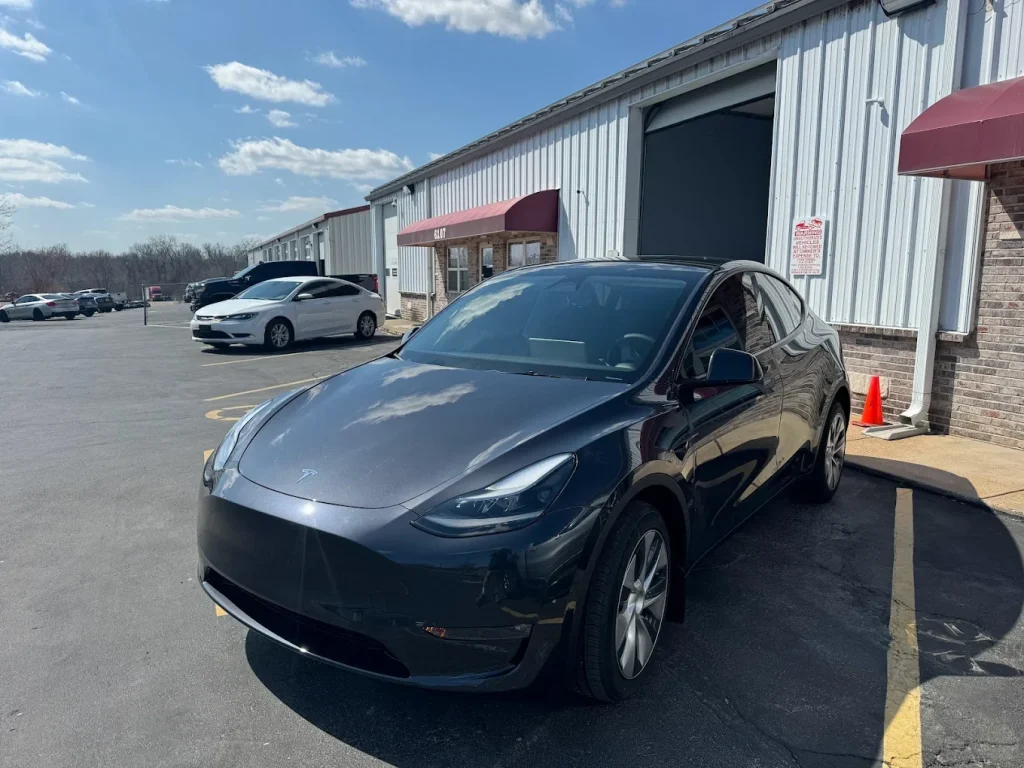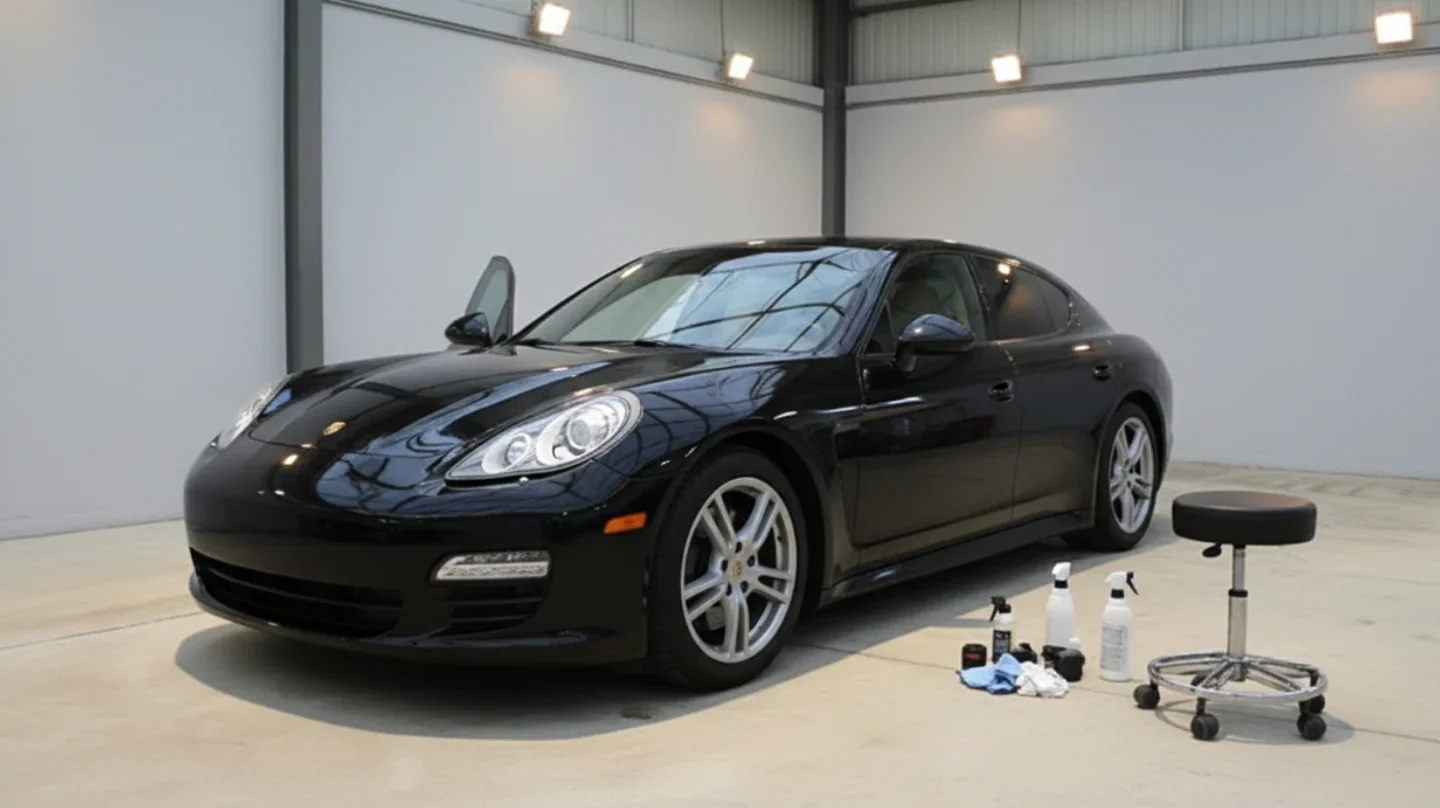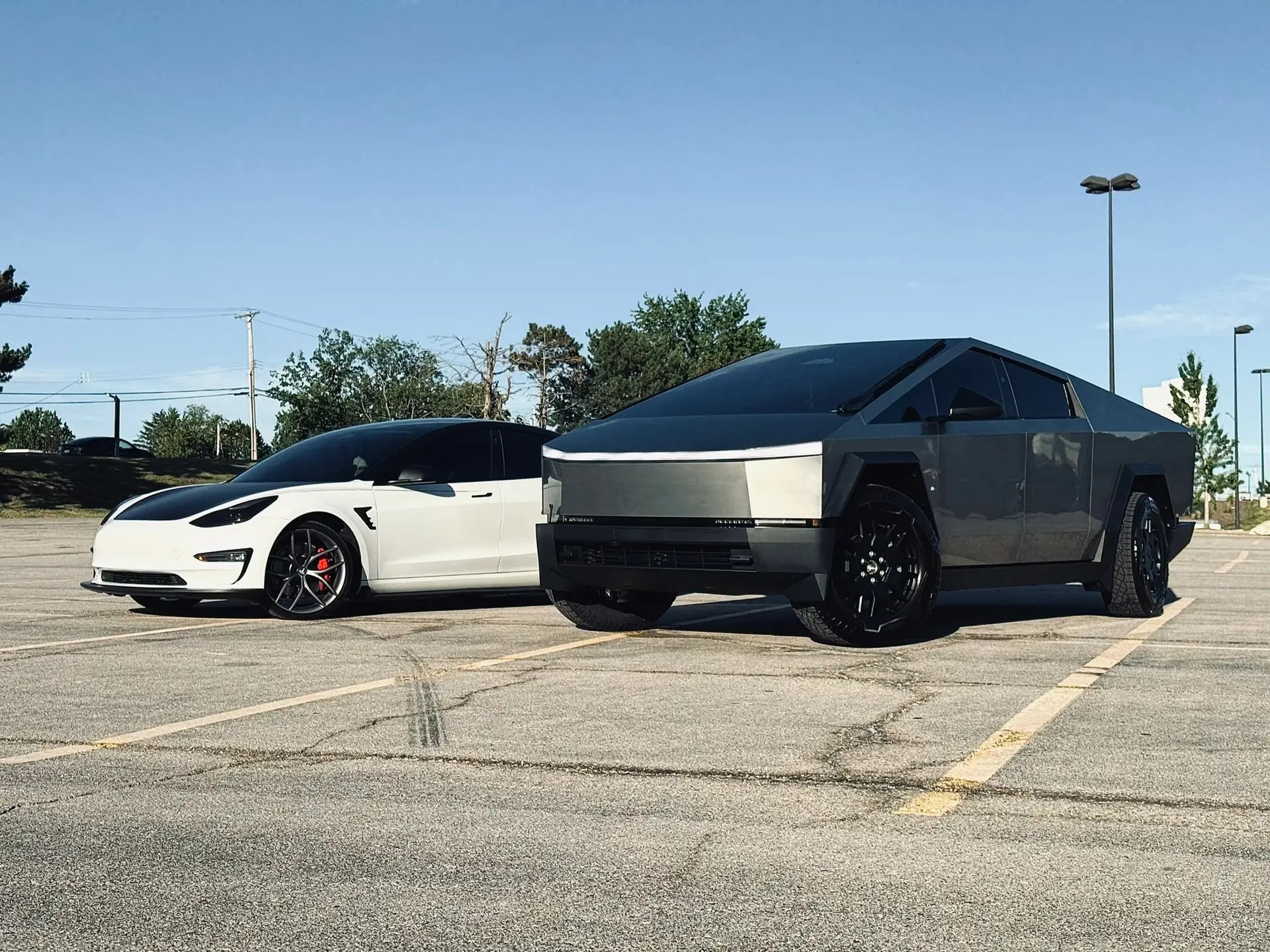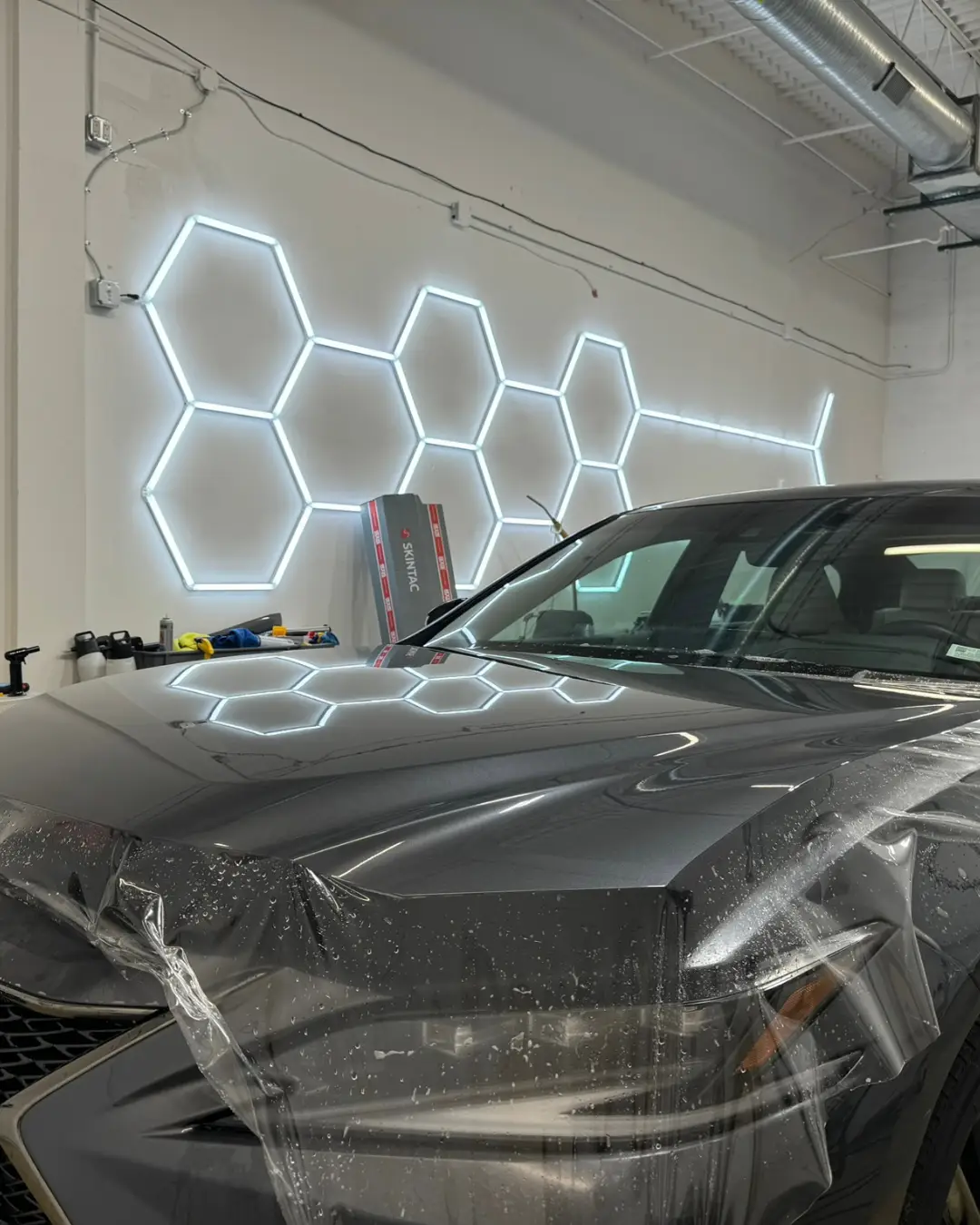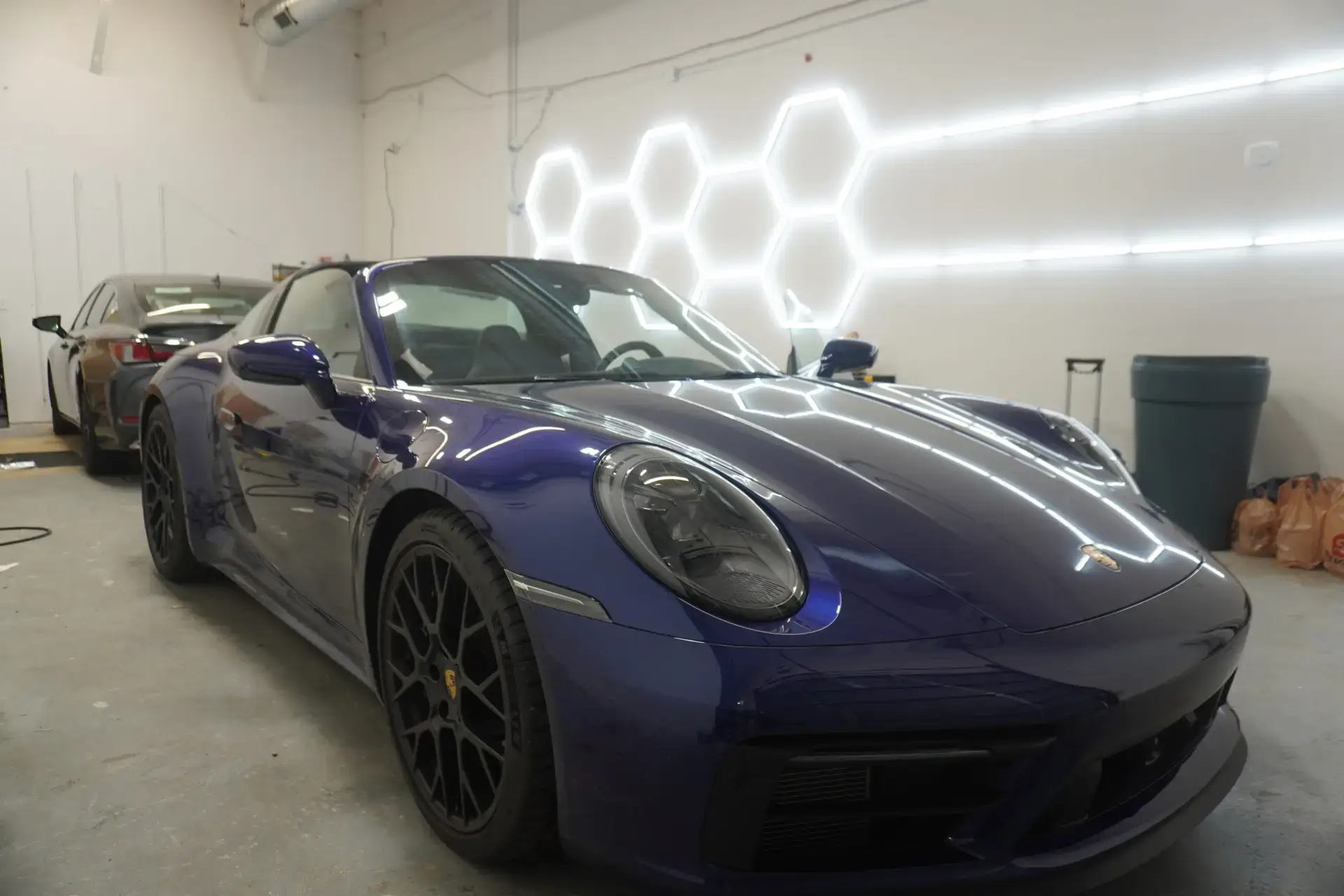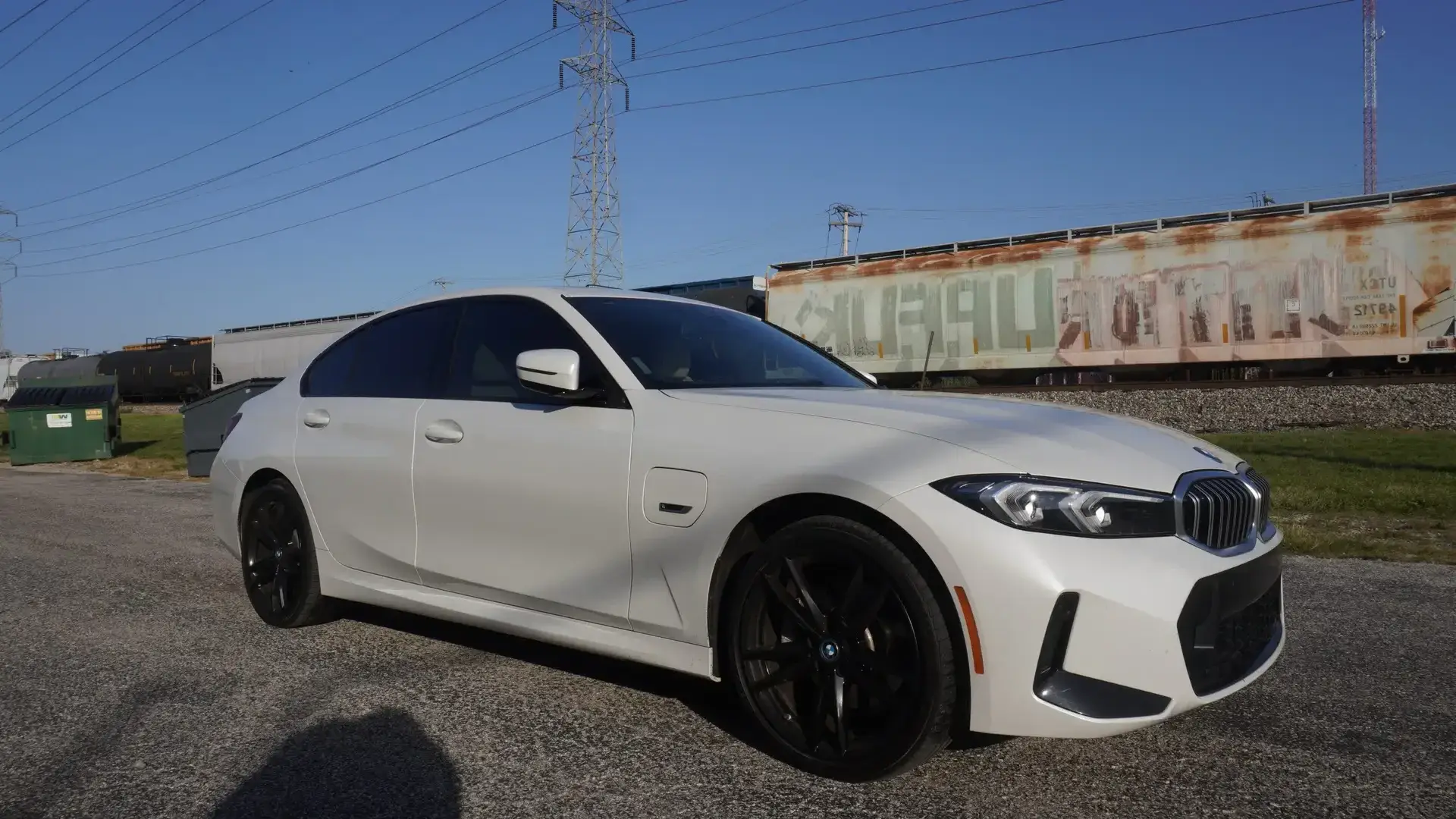Introduction: Why the Installation Process Matters
Getting your windows tinted is more than just a cosmetic upgrade. It’s about comfort, UV protection, glare reduction, and even fuel efficiency. But how that tint gets installed matters just as much as the film you choose. A flawless application ensures your investment lasts for years and performs exactly as intended.
At Express Window Tinting & Paint Protection, we’re committed to doing it right the first time. Our installation process is engineered for precision and long-term performance. This article walks you through what really goes into professional window tinting in St. Louis, from prep work to post-care.
Why Professional Window Tint Installation Makes All the Difference
Experience and Precision Go Hand in Hand
Professionally installed window tint ensures smooth edges, no bubbling, and long-term performance. Experts understand how different films behave under pressure, heat, and moisture, something DIY kits rarely account for.
Legal Compliance and Film Knowledge
Every city and state has unique tint laws. In St. Louis, there are specific limits on visible light transmission (VLT). A professional installer ensures your tint complies with Missouri regulations while still achieving your desired look and functionality.

What Separates Amateur from Professional Results
Tools and Techniques Matter
Professional installers use advanced tools like precision plotters, heat guns, slip solutions, and squeegees designed for clean, streak-free application. These tools drastically reduce the risk of contamination, creasing, or bubbling.
Film Quality and Longevity
High-grade tint films, like carbon and ceramic options, offer better clarity, UV resistance, and heat rejection. At Express Window Tinting & Paint Protection, we use premium materials that come with manufacturer warranties for long-term protection.
Pre-Installation Consultation and Assessment
Vehicle Inspection and Window Evaluation
Before anything else, we evaluate your vehicle. This includes inspecting for scratches, old adhesives, contaminants, and glass imperfections. We also discuss goals: Are you looking for privacy, heat rejection, or UV protection?
Selecting the Right Tint for St. Louis Conditions
Different climates call for different films. St. Louis’ fluctuating weather requires films that can perform during hot summers and freezing winters. We recommend appropriate VLT levels and film types based on your needs.
Step-by-Step Window Tint Installation in St. Louis
Step 1: Initial Consultation and Vehicle Assessment
We start every job with a one-on-one consultation. We assess your car’s condition and learn about your goals, whether you’re focused on heat rejection, glare reduction, or privacy. Based on that, we recommend a film type and shade that suits both your needs and Missouri window tinting laws.
Step 2: Film Selection and Shade Matching
We offer a range of film types: dyed, carbon, and ceramic. Ceramic films are ideal for extreme heat rejection and UV protection. Carbon films provide great performance and a sleek matte finish. Each option comes in various VLT percentages to customize your results.
Step 3: Preparing the Workspace and Tools
Our installation bay is cleaned to eliminate dust and static electricity. We set up our precision tools, including plotters, microfiber cloths, and filtered water systems to reduce contamination risk during application.
Step 4: Deep Cleaning the Windows
We thoroughly clean both sides of the window using razor blades, lint-free towels, and commercial-grade cleaners. Removing every trace of debris ensures the film bonds cleanly without bubbles or streaks.
Step 5: Measuring and Cutting the Film
Using software-based templates or custom hand-cutting, we prepare film pieces tailored exactly to your vehicle. This step guarantees a factory-fit appearance with tight, clean edges and minimal light gaps.
Step 6: Heat Forming for Curved Windows
We pre-shrink and mold the film to curved glass surfaces using heat guns. This allows the tint to lay flat without creases. Proper heat forming is essential for windshields and rear windows to prevent lifting or peeling.
Step 7: Application Using Slip Solution
We apply a slip solution between the film and glass, allowing precise positioning. This solution also prevents early bonding, giving us time to perfect the fit before we begin the final squeegee process.
Step 8: Squeegeeing and Final Shaping
Using soft-edge squeegees, we remove air and water from between the film and glass. Once dried, we trim the film’s edges to match the window’s exact outline. Final checks ensure proper fit and flawless finish.
Step 9: Final Inspection and Quality Check
Our installers inspect the tint under multiple lighting angles. Any imperfections are addressed before delivery. Your vehicle doesn’t leave our shop until it meets our stringent quality standards.
Post-Installation: Customer Guidance and Film Care
Explaining the Curing Process
Tint film cures as the adhesive dries and air bubbles dissipate. This takes 2–5 days depending on weather conditions. During this time, it’s normal to see light hazing or water pockets.
Providing a Maintenance Guide
We share best practices for tint care:
- Use microfiber cloths
- Avoid sharp objects or abrasive cleaners
- Schedule annual check-ups if needed
Why Professional Tint Installation Beats DIY Kits
DIY kits often result in bubbles, edge peeling, or misalignment. With a pro like Express Window Tinting & Paint Protection, you get:
- Legal compliance with Missouri’s VLT laws
- Warranty-backed high-performance film
- Expert installation using professional-grade tools
Legal Compliance and Warranty Protection
Missouri law requires a minimum of 35% VLT on front side windows. We stay updated with local tinting laws and always ensure your tint is legal. Our films also come with long-term warranties against peeling, fading, and bubbling.
Environmentally Friendly Tint Options
Our ceramic and IR-blocking films reduce the need for A/C, improving fuel efficiency. They also block over 99% of harmful UV rays, which protects passengers and interior surfaces.
Why St. Louis Drivers Trust Express Window Tinting & Paint Protection
Local Expertise
We know St. Louis weather, hot summers, icy winters, and everything in between. That’s why we recommend tint films designed to handle local conditions.
Premium Materials and Installation
We exclusively use industry-leading brands like SunTek and 3M, which provide better UV rejection, optical clarity, and durability than off-the-shelf films.
Custom Solutions
Whether you drive a daily commuter, a luxury vehicle, or a classic car, we tailor every tint job to your specific needs and preferences.
Final Thoughts: The Value Behind the Process
A great window tint job is more than just a dark film on glass. It’s the result of a detailed, multi-step process carried out by skilled professionals. It improves your driving experience, enhances your vehicle’s value, and delivers long-term comfort.
Looking for expert-level tinting in St. Louis? Trust the team at Express Window Tinting & Paint Protection to deliver flawless results, every time.
FAQs – Window Tint Installation in St. Louis
How long does it take to install window tint?
Most installations take between 2 to 4 hours depending on the vehicle type and number of windows being tinted.
What’s the difference between ceramic and carbon tint?
Ceramic tint offers higher heat rejection and UV protection. Carbon film is less expensive but still effective for blocking heat without fading over time.
Will window tint affect my visibility at night?
Lighter tint like 35% or 50% offer a great balance between heat control and night visibility. We help you choose a shade that fits your driving habits.
Is window tinting legal in Missouri?
Yes, but there are restrictions. For example, front side windows must allow more than 35% of light in. We ensure your installation meets all legal requirements.
How do I clean tinted windows without damaging them?
Use only ammonia-free cleaners and a soft microfiber cloth. Avoid abrasive tools or harsh chemicals to maintain your tint’s clarity and longevity.

